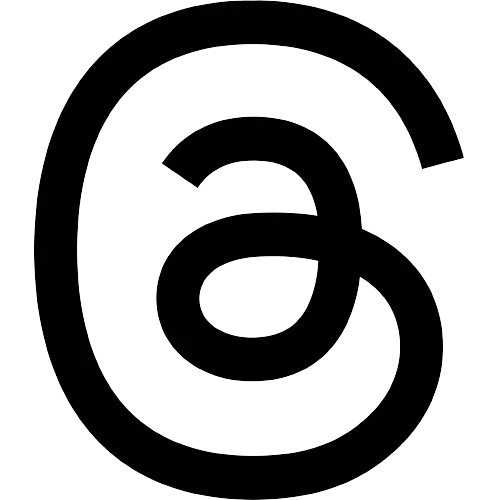Imperial Control: Now the President is an art critic
There is no reason to doubt the sincerity of Trump’s disdain for Sajet, given his aggressive effort to rid the federal government of “DEI,” which has turned out to mean the mere presence of nonwhites and women the president doesn’t like in positions of authority.

NEW DELHI: Last week, President Donald Trump announced that he had fired the head of the National Portrait Gallery in Washington.
“Upon the request and recommendation of many people, I am hereby terminating the employment of Kim Sajet as Director of the National Portrait Gallery,” Trump wrote in a post on Truth Social. “She is a highly partisan person, and a strong supporter of DEI, which is totally inappropriate for her position. Her replacement will be named shortly.”
There is no reason to doubt the sincerity of Trump’s disdain for Sajet, given his aggressive effort to rid the federal government of “DEI,” which has turned out to mean the mere presence of nonwhites and women the president doesn’t like in positions of authority.
The issue complicating his effort to remove Sajet, however, is that the National Portrait Gallery is part of the Smithsonian Institution, which is independent of the federal government. And the portrait gallery was established by congressional statute — neither the gallery nor the Smithsonian is in the executive branch.
The museum’s bylaws don’t describe exactly how dismissals are supposed to work, but as a matter of procedure (and it seems, law), the only person with the direct power to remove Sajet would be Lonnie G. Bunch III, who serves as secretary of the Smithsonian. And Bunch, in turn, is accountable to the Smithsonian’s Board of Regents, which consists of the chief justice of the United States, the vice president, three members of the Senate, three members of the House of Representatives and nine private citizens.
Trump, in other words, has as much power to remove Sajet from her post as I do — that is to say, none at all. Of course, there is more to power than what’s on paper. Trump may not have the formal capacity to shape the leadership of any of the Smithsonian’s museums, but if others treat him as if he does then, well, what’s the difference?
The struggle over the leadership of the National Portrait Gallery is altogether minor in the larger story of Trump’s assault on the institutions of American government, but it is nonetheless illustrative of the nature of that attack.
The president’s effort to dominate the federal government and subvert the constitutional order rests on two pillars.
One is a claim of unitary executive authority. The president, in this view, doesn’t simply lead the executive branch; the president is the executive branch. He is meant to wield total control over its operations and no other entity or institution can question his decision or act independently of his will. If he wants to remove a federal official or dismantle an entire agency, then he can, regardless of what Congress has laid out in the law or what the courts will allow.
The other pillar concerns not the scope of the president’s authority but the extent of his reach. As Trump appears to see it, anything that might touch the president’s body — which is to say anything that might interface with the federal government — falls under his domain. It is then grafted onto the executive branch and subject to his absolute authority.
Trump’s authoritarian approach to the presidency is tied to several long-running threads in American political history. There is the plebiscitary presidency of Franklin Roosevelt and the much-maligned “imperial” presidency of his successors. There is also the notion of the president as the embodiment of a certain national spirit, an idea that stretches back to George Washington. And there is, more recently, the tangled relationship between Trump’s belief in his total authority and the efforts of a Supreme Court with a Republican-appointed majority to establish a system of presidential supremacy, where the executive is insulated — if not outright isolated — from real legal or political accountability.
But these are building blocks and not the whole structure. They cannot produce the thing. It is Trump’s compulsion to dominate — his ego-driven quest for mastery over everything and everyone he encounters — that has shaped the latent potential for a monarchical presidency into something as close to reality as we’ve yet seen in American life.
The question, looking — perhaps prematurely — to a post-Trump world, is how to go back, how to reverse America’s slide into despotism. There is no easy answer, nor is there an obvious path to an answer. There is not even a public consensus about the nature of our current situation, much less the political will necessary to make root-and-branch changes to the American constitutional order. But it is precisely that kind of change, whether in the form of a serious effort to amend the Constitution or in the form of a full-blown constitutional convention, that we need to bring that order back into balance and preserve the nation’s experiment in self-government.
The New York Times



